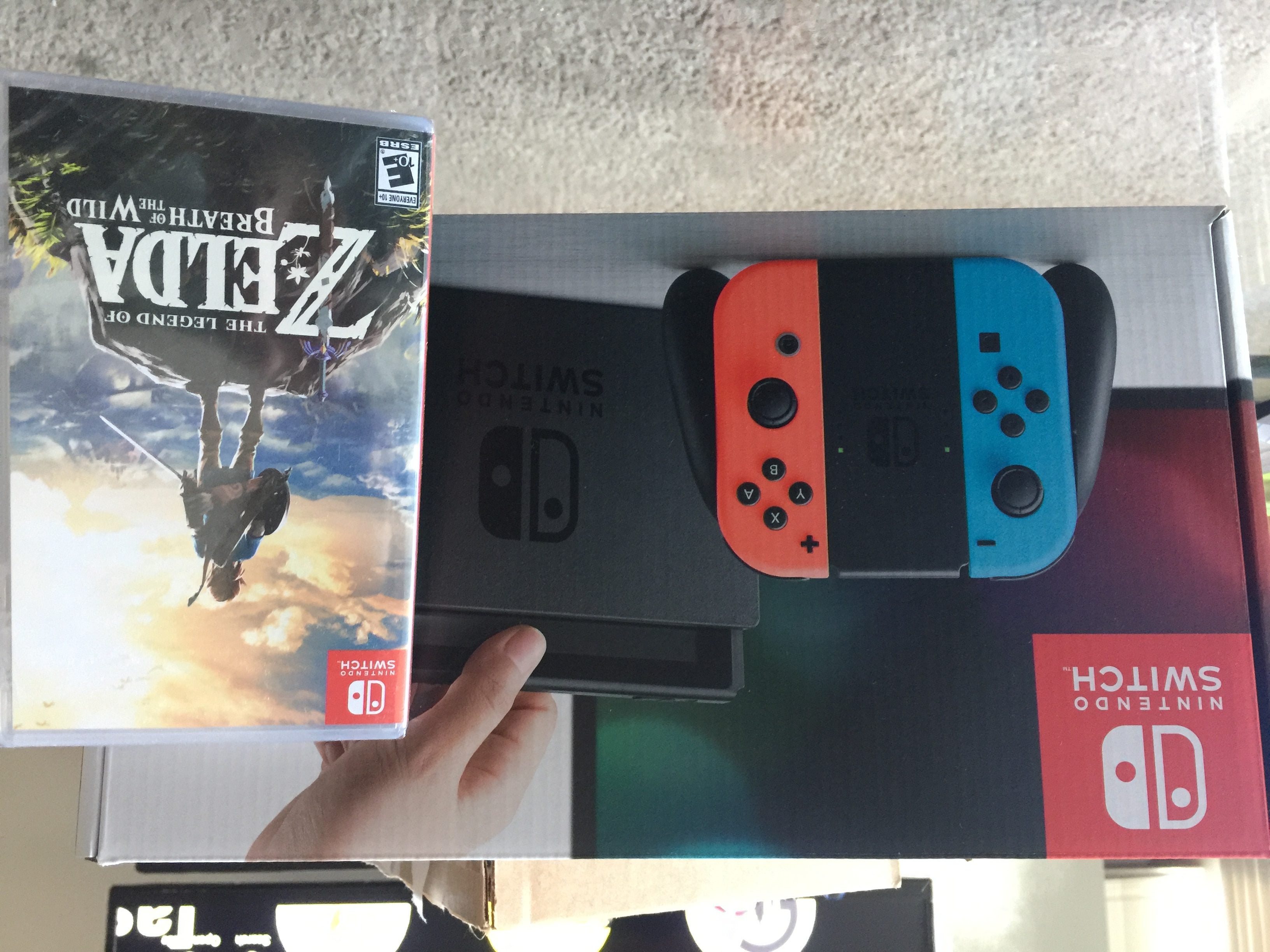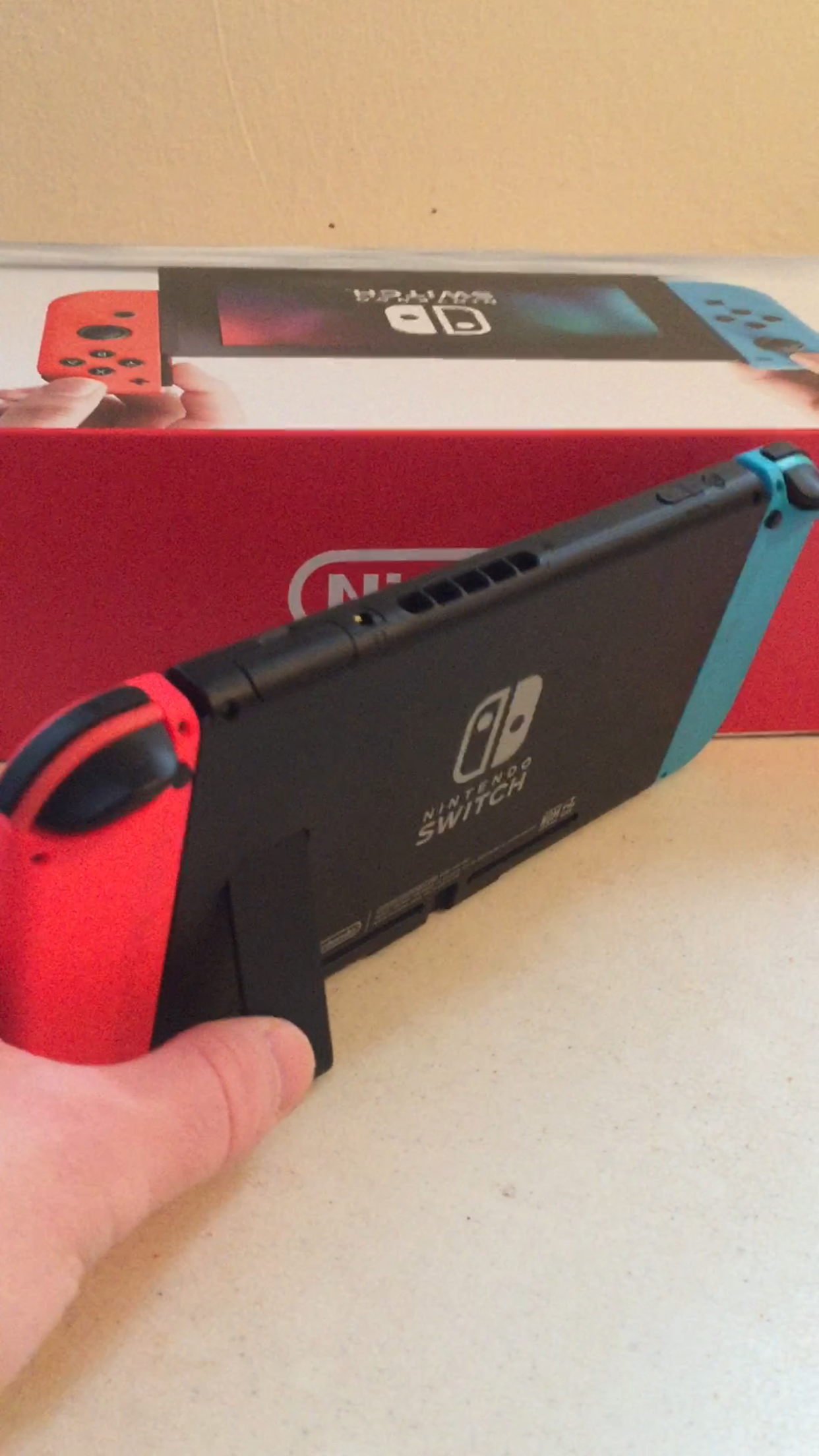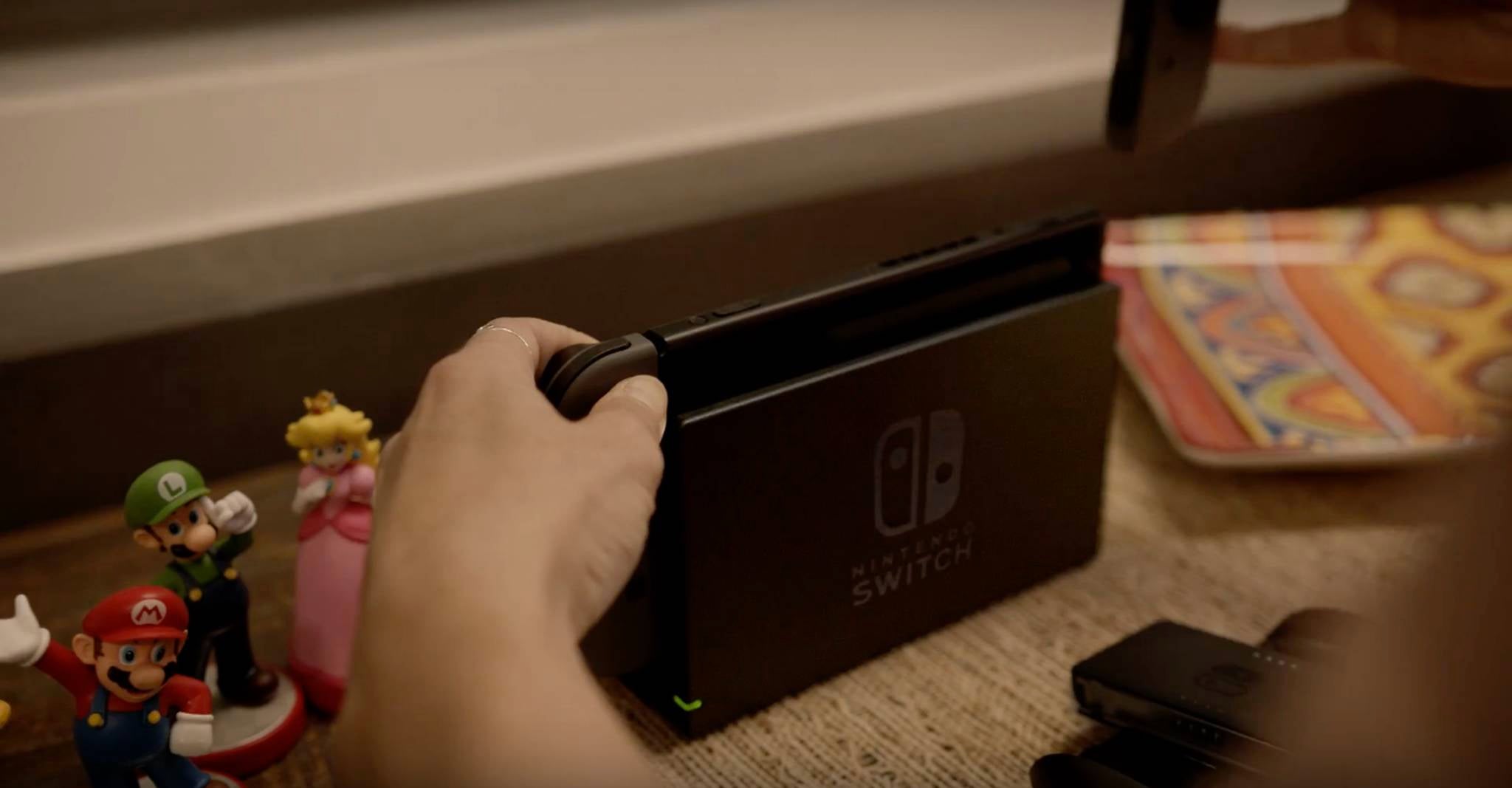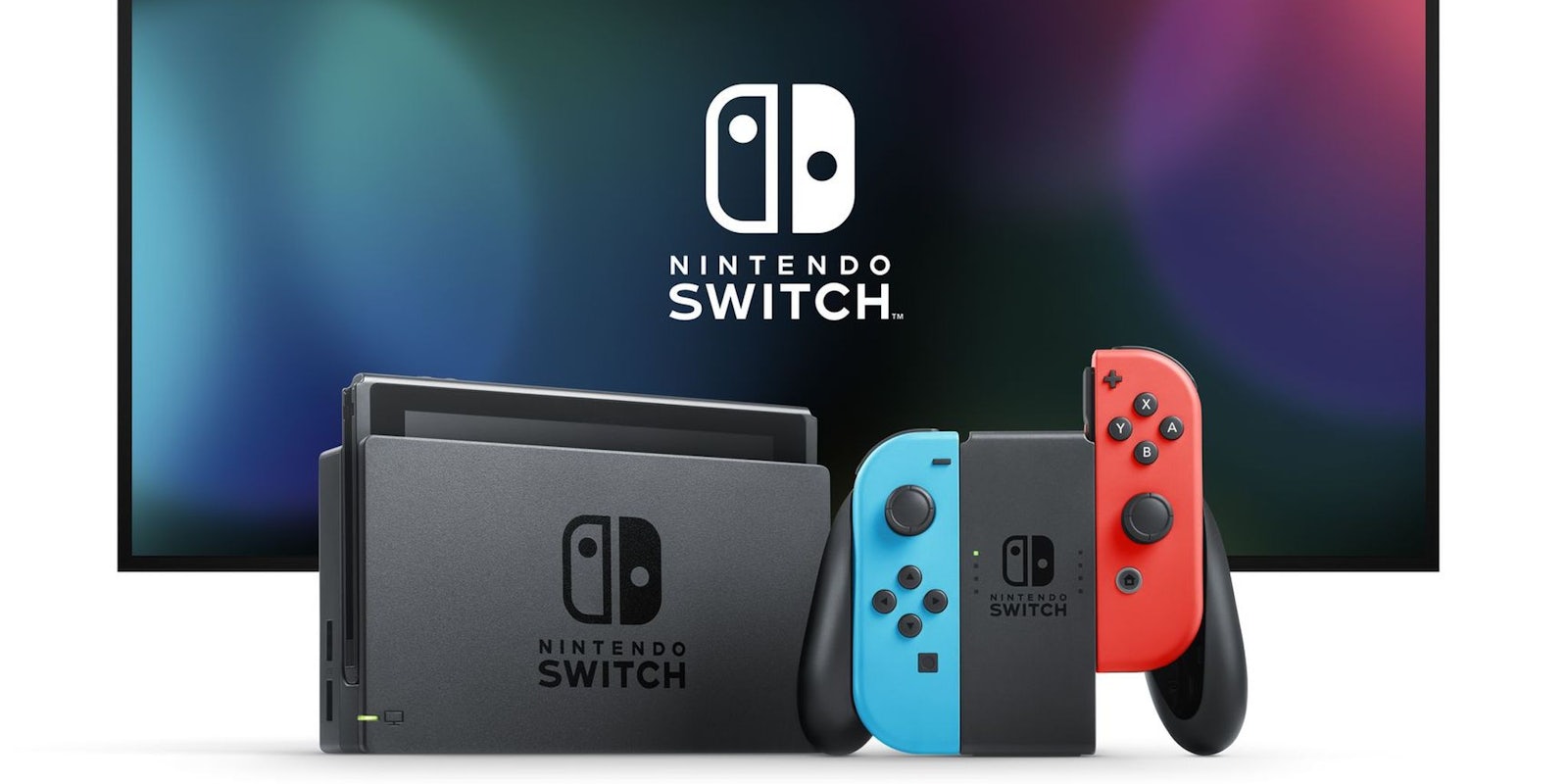When Nintendo revealed its new home console experiment the Switch last fall, it was in serious need of a console comeback.
Lackluster sales, muddled messaging, and a weak lineup of games marred the image of the Wii U and Nintendo as a whole to many core fans. And while the 3DS family of handhelds continued to perform well, fans were eager to see if Nintendo could provide a system more acclimated to traditional console gaming. After spending a week with the console, it is clearer than ever that what the Nintendo Switch offers is a unique new experience.
Sold on the mobility of a system that doubles as both a handheld and a home gaming console, the Switch lives up to the whimsical simplicity of its introduction. Sliding the tablet-like screen out of the TV dock and bringing it on the go with JoyCon controllers attached provides an almost instantaneous transition that is impressive every single time. Though I’ve only spent time with The Legend of Zelda: Breath of the Wild on Switch so far, it is the perfect title to demonstrate the potential that Nintendo’s new system offers in changing how we experience video games.

Performance
Some of the biggest lingering questions about the Switch prior to launch dealt with how the system could feasibly handle big games like Breath of the Wild in the multitude of setups that the machine offers. When docked, the system displays on HDTVs in up to 1080p, a comparable resolution to many games on the Xbox One and PlayStation 4. The tablet screen used for handheld and tabletop mode outputs in 720p, but doesn’t sacrifice any graphical fidelity, and still offers a steady frame rate. The kickstand used to prop the system up on flat surfaces is noticeably weak, and will cause the system to fall flat on its face if you attempt to move it around too much.

The most impressive aspect of playing in handheld mode is how un-intrusive the system is to handle. The battery never got too hot while in my hands, even when questing in Zelda, and the fans inside the system are nearly silent. A tradeoff of the comfort afforded by playing Switch is the disappointing battery life. Nintendo slightly undersold the system’s ability to handle a game like Zelda on the go, with my experience lasting between two hours and 45 minutes to three hours unplugged depending on the screen’s brightness.
For less demanding titles, the Switch can supposedly run up to six hours on the go, and supports charging with a Type-C AC adapter. With an HDMI and charger cable plugged into the back of the dock, it is easy to slide the screen back in and start charging. I did notice that even when docked, the system would lose some charge when playing for lengthy extended periods, close to eight or nine hours straight. It was certainly unexpected to see the system at around 90 percent charge coming out of the dock, and it felt much warmer than during any session of handheld play.
Controllers

Two more selling points for Switch are the JoyCon, small controllers that snap onto the side of the screen, into a grip, or can be held separately while playing a game. The unique design of these little controllers may seem underwhelming to players adept with thicker gamepads like the DualShock 4 or even a keyboard and mouse. Nintendo is offering a frankly overpriced Pro Controller that is more in line with traditional console input, but I found no real reason to not use the JoyCon when playing through Breath of the Wild.
The size of the controllers is no problem when in handheld mode, as they run the length of the tablet, and the back of the screen is smooth and flat, unlike the raised ridges of the Wii U gamepad. Every button on each JoyCon is used in Zelda, not including optional inputs you can use at your discretion, like the Home Button and a capture screen to take in-game photos.
A JoyCon grip comes in the box, allowing you to attach the controllers and play with a traditional layout. I played most of Breath of the Wild this way and quickly adapted to the compact nature of its rounded edges. And though a charging grip accessory is available, the JoyCon last about 20 hours by themselves, so unless you don’t plan on leaving them in the docked system while away, you shouldn’t need to pick one up yet.
Something that must be mentioned about the JoyCon is the current issue with the Left (Blue if you grab a Neon console) controller. Reported by outlets like Polygon and Kotaku, and further backed up through an in-depth video walkthrough by GameXplain, it has been demonstrated that the individual JoyCon occasionally loses sync with the system, and can cause problems with games like Breath of the Wild. In my experience, this error happened less than a dozen times, but caused Link to run off a cliff or spin in circles while playing. At the moment, it seems to be a hardware malfunction, and is unclear if a simple patch would be able to fix the problem.
Presentation
It took Nintendo a surprisingly long time to offer a glimpse at the system’s user interface, which happens to be significantly more sleek and less cluttered than that of the Wii U. The Switch puts primary emphasis on games, with most of the home screen dedicated to a slideshow of downloaded titles and the cartridge you have inserted. Each person who will be using the Switch can create a profile and emblem or Mii to log in with. From the bottom row of icons, you can access your Nintendo Account and the eShop, though they were not active for impressions prior to launch.
In fact, much of the Switch’s online functionality is locked behind a day-one system update. The basic ability to connect to a network is allowed, but the system cannot currently access any of Nintendo’s online services. This patch will be installed on launch day and will download in the background, so you should be able to start up Breath of the Wild while it installs. Likewise, the Virtual Console, a digital back catalog of older Nintendo games, will not be available for some time on the console. The launch lineup and slow drip of indie titles on the Switch will have to carry you over until this support is released.

At the moment, the Switch provides enough reason for curious fans with the money to spare to get an engaging experience out of the sheer novelty of the machine’s capabilities. The questionable strength of the current game lineup is a fair source of skepticism, but overall, the console functions exactly as well as it was originally teased. Accessories are expensive, and the internal hard drive won’t hold many games without investing in an additional SD card. Most players will want to wait a few months for a pack-in bundle and system updates before taking the plunge. Initial system setup is incredibly simple—it took less than 10 minutes from opening the nostalgic packaging until I was playing Breath of the Wild on the big screen.
The Switch manages to feel different than the competition and distinctly toes the line between home and mobile gaming without trading off strengths of either side. Technical relevance is the least impressive part of the Switch, as it performs just barely under the standards of Xbox One and PS4 when docked; however, the portable screen’s display makes it better than any handheld that has come before. But, removing the system from the dock at a whim and picking up at the same progress as mere seconds prior provides more of a “wow” factor than you might be expecting. The Nintendo Switch succeeds in providing a versatile range of functionality that can only improve as more games are added to the console’s library and make use of the technology.


